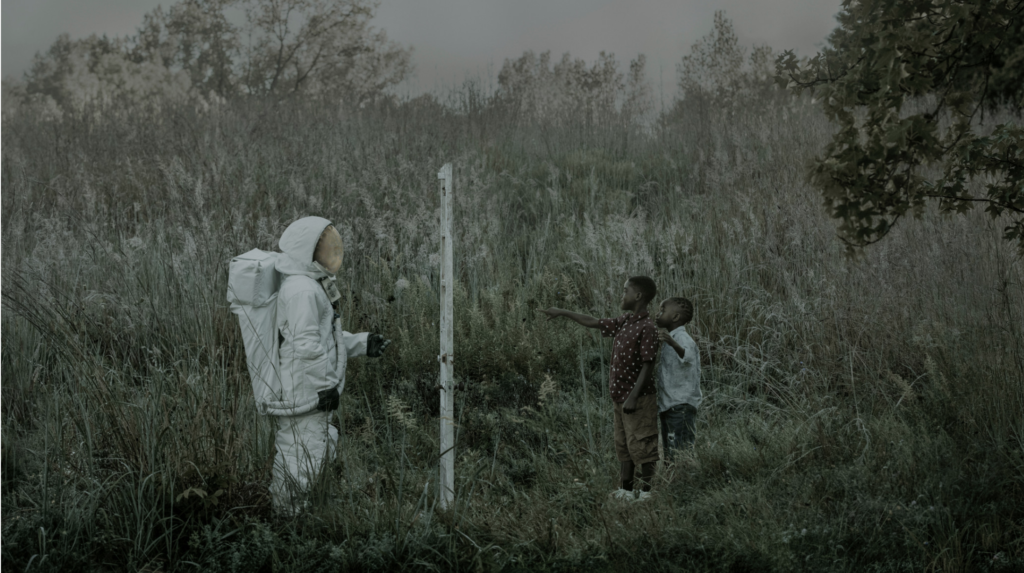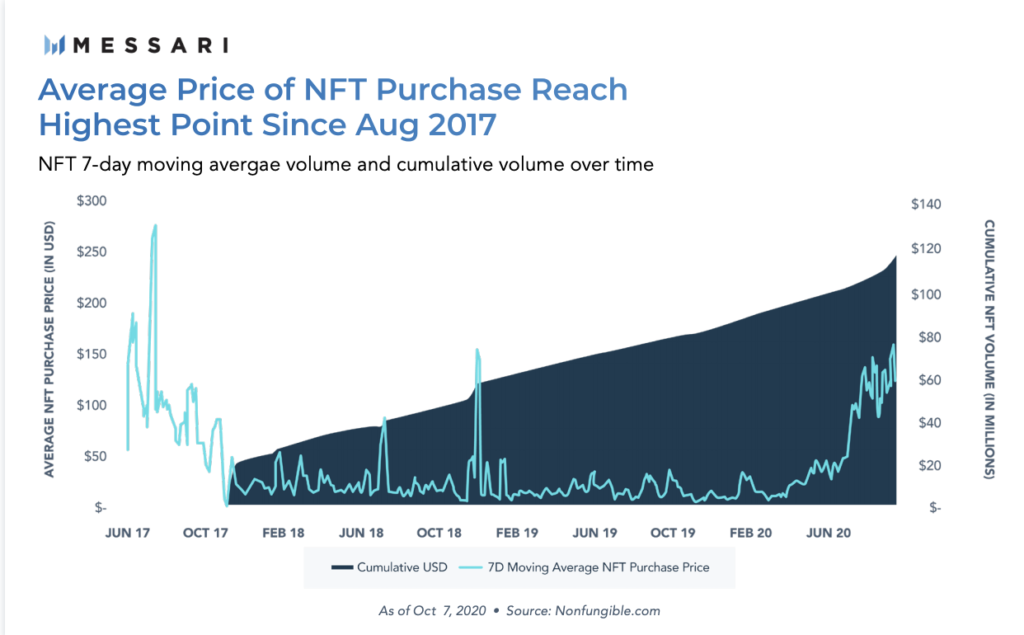Welcome to the metaverse! Here are 10 things you need to know before beginning your journey.
1. What is NFT Art?
- NFTs, non-fungible tokens, are programmable digital objects built on a common framework, Ethereum. Check out point 1 of our Artist Cheat Sheet for an explanation.
- NFT art is digital artwork that’s given many of the features of physical works by “minting”, or permanently linking it, with a digital object.
- The properties of NFTs allow them to be securely stored in crypto wallets, be transferred from one wallet to another (facilitating buying and selling), and have their provenance traced back to the original owner making them impossible to fake or copy.
Imagine a new NFT as a blank digital object. An empty box.
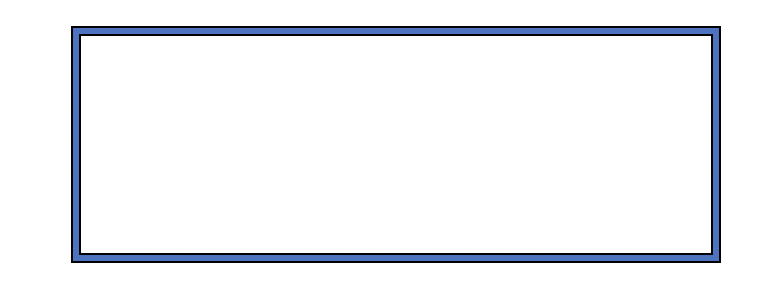
An artist, and possibly a programmer design the object and place the artwork file inside. It may look something like this.
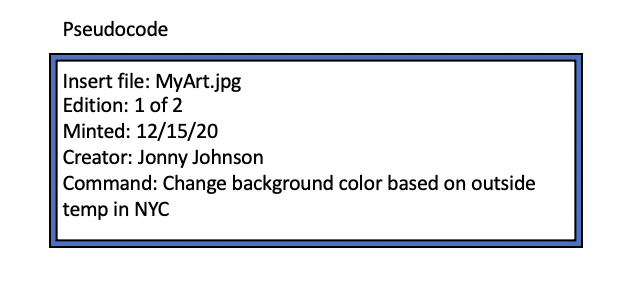
Once minted, the code in the box becomes the permanent characteristics of the object which is now stored in a digital wallet, where it can be viewed. The command inside the NFT pulls data from local weather so that when it’s 80+ degrees in NYC the piece looks like this:
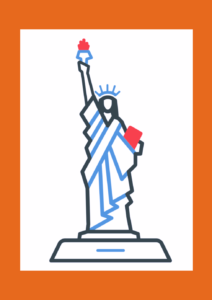
And when it’s below 40 it looks like this:
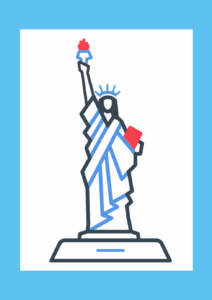
illust specializes in augmented reality NFT artwork so collectors can interact with their pieces in the real world. Here is an example from the last drop.
Head on straight, mask on crooked pic.twitter.com/LVRKfeGCou
— DOOM (@MFDOOM) October 22, 2020
The properties of NFTs allow digital artwork to be owned, and consequently valued, like physical pieces. As augmented and virtual reality become ubiquitous, NFTs constitute the future of art ownership in a digital world. illust’s job is to make that future a reality.
2. What’s a crypto wallet? How is it important for collectors?
- A digital wallet and the wallet in your pocket perform many of the same functions. A digital wallet is much more secure, akin to a bank account.
- Your wallet stores digital things of value. This could be cryptocurrencies, NFT art, video game items, or personal data.
- Like a bank account, your wallet has a password that you must use to log in and verify all transfers. It also has a recovery key, similar to the “forgot my password” button.
- Unlike a bank account, you are in charge of your wallet. There’s no company to open an account with, charge late fees or manage your assets. You manage your wallet’s operations and the software manages security.
This is both good and bad.
- It’s good that you’re in charge. The wallet is available 24/7, there are no restrictions on your transactions and it is far more secure without other parties involved.
- It’s bad because those freedoms come with the responsibility of being the only entity in charge of your wallet. For example, if you lose your recovery key and forget the password, there’s no getting back into your account.
Watch this video for a tutorial on setting up a wallet.
3. What are some marketplaces for NFT art?
There are two kinds of marketplaces curated and self-serve.
Curated – auctions or sales of original work where the artist and auction house work together with varying levels of involvement in design, programming, marketing, and exhibition. The important point here is that the auction house and artist are collaborating to produce the final product.
Examples:
- illust – an auction house and exhibition partner for augmented reality art secured by NFTs
- NiftyGateway
- Superrare
- Async
Self-Serve – anyone can use these platforms to sell an NFT. Think of them like Ebay for digital goods.
Examples:
- Rarible
- OpenSea
- MakersPlace
There are many more examples in both categories!
4. What are some examples of quality NFT art?
This NFT from prolific rapper MF DOOM was originally dropped on illust. It is the first augmented reality NFT of its kind.
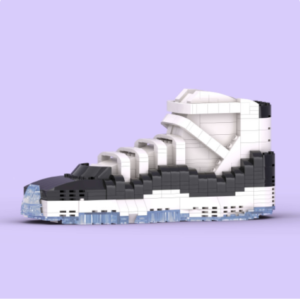
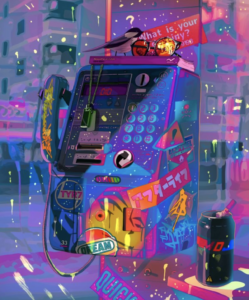
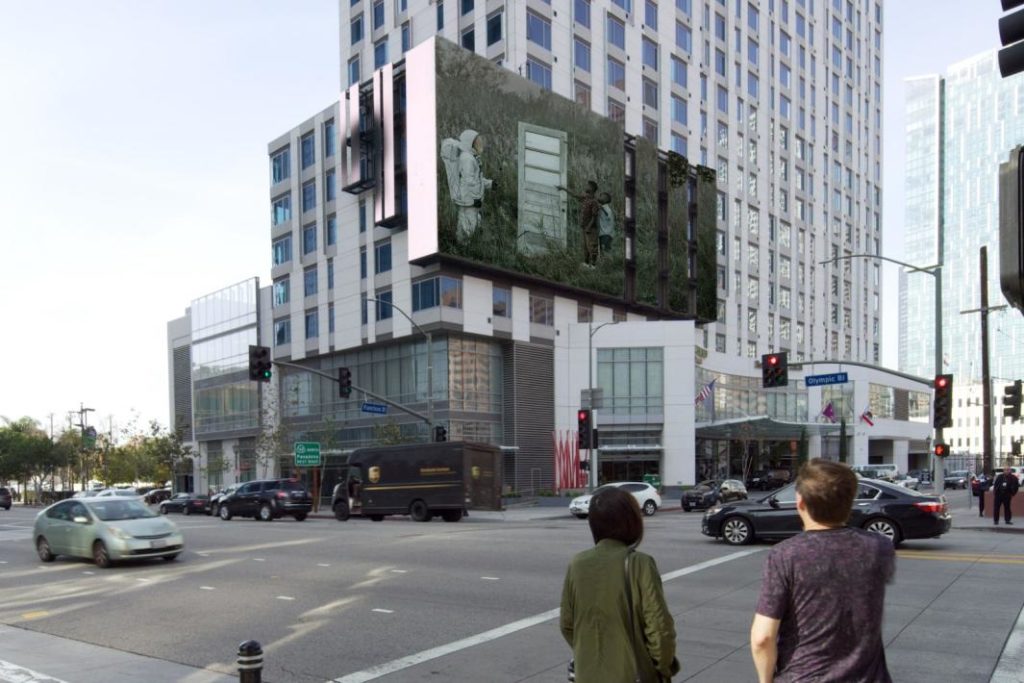
5. Where can I show off my NFT art?
There are many places to exhibit your NFT art.
- Virtual worlds like Decentraland, CryptoVoxels, and Somnium Space allow you to display NFTs in a 3-dimensional virtual space. You can purchase virtual real estate in one of these worlds to display your pieces or work with a gallery like the Museum of Crypto Art.
— Museum of Crypto Art (M○C△) (@MuseumofCrypto) October 30, 2020
- As with most things you’d like to show off, a highly effective place to share your NFT art is on social media. Instagram, Snapchat, and Twitter are great places to share pictures and videos of your work with friends and the online community of collectors.
- Augmented reality adds new layers so that you can interact with the artwork through apps on your phone like illust and place your pieces in the metaverse for others to see.
6. How has NFT art appreciated in value and collectors over time?
- The value of NFT art is determined by the same principles as all other assets. Supply and demand.
- As the community of collectors grows over time, demand increases. At the same time, as more collectors join, more artists see NFT art as a viable medium for their creations, increasing supply.
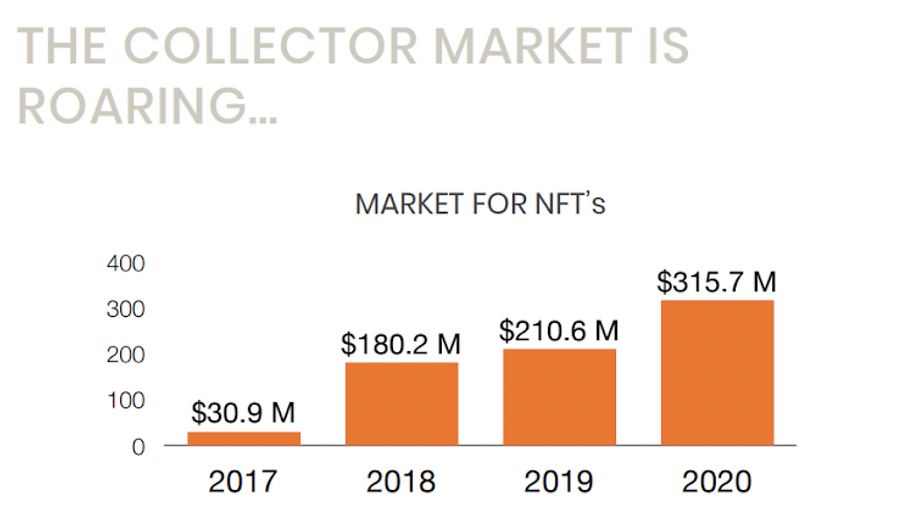
- Currently, scarce pieces made by popular artists are the most likely to appreciate. There is inherently more demand for a 1 of 1 than 1 of 100. The auction and secondary sale prices of these pieces have increased significantly along with the demand from collectors.
7. Is there a secondary market for NFT art?
There are many secondary markets for NFT art, also split into curated and self served. The illust secondary market is on the way!
Curated – The primary markets where you purchase pieces, like Async or Superrare, also have secondary markets for collectors to trade those pieces but not NFT art from other platforms.
Self-Serve – Secondary markets like OpenSea or Rarible can be used by anyone to sell NFT art. These platforms are open to popular artists and amateurs alike.
8. Who are some artists to follow?
9. Additional Resources to better understand the space
NFT art newsletters to stay up to date:
Podcast/Livestreams for unique perspectives from NFT artists, collectors, and entrepreneurs:
Ecosystem data tracking websites:
10. Augmented Reality NFTs – The Next Frontier
- The vast majority of NFT art pieces created to date are 2 Dimensional; beautiful images, videos, and .gifs with creative design features for their digital objects.
- The illust team believes that the future of content creation is 3D. Many of the popular NFTs today are built in 3D modeling software and then digitized as a 2D video of the 3D scene.
- Their software, and that of their partners, creates ways for collectors to place and view the art they purchase in their physical environment through any smartphone. This same concept applies to placing the pieces in 3D virtual worlds, like Decentraland.
- The team believes this interactive medium is the next evolution of NFT art and urges you to keep an eye on this fast-growing sector.
If you have any questions please reach out to hello@illust.agency. They’ll send you more material on how to get collecting.
